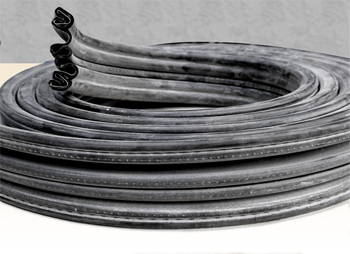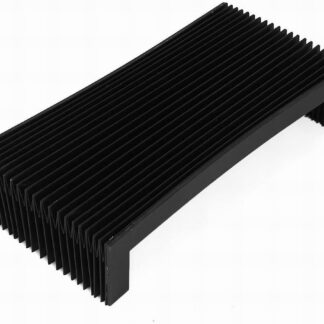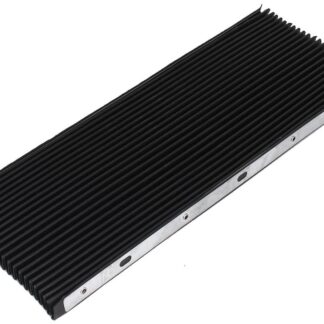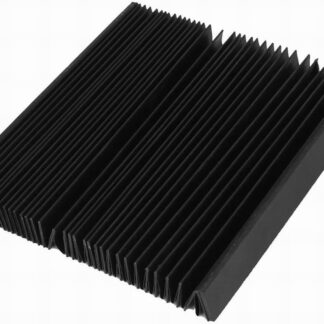Ethylene Propylene Diene Monomer, better known as EPDM, is a synthetic rubber compound that has left an indelible mark on numerous industries due to its exceptional properties and versatility. EPDM rubber is renowned for its ability to withstand a wide range of environmental conditions, making it a key player in applications ranging from automotive parts to roofing materials. In this exploration, we’ll dive into the world of EPDM, uncovering its origins, characteristics, and diverse applications.
The Origins of EPDM: A Synthetic Marvel
EPDM rubber was developed in the mid-20th century as a response to the demand for a synthetic rubber material that could offer improved resistance to weathering, ozone, and extreme temperatures. It was introduced to the market as a solution to the limitations of natural rubber and other synthetic rubbers.
Key Properties of EPDM:
- Weather Resistance: EPDM is renowned for its outstanding weather resistance, making it impervious to the detrimental effects of UV radiation, ozone, and temperature fluctuations. This property makes it ideal for outdoor applications.
- Temperature Stability: EPDM remains flexible and retains its properties over a wide temperature range, from extremely cold to scorching hot conditions. This characteristic is vital in applications exposed to extreme climates.
- Chemical Resistance: EPDM exhibits resistance to a wide array of chemicals, acids, and alkalis, making it suitable for use in corrosive environments.
- Excellent Insulation: Due to its electrical insulating properties, EPDM is utilized in electrical cable insulation, gaskets, and seals.
- Low Permeability: EPDM has low gas permeability, which is advantageous in applications requiring sealing and containment of gases or liquids.
Applications Spanning Various Industries:
- Automotive: EPDM rubber is extensively used in the automotive industry for seals, gaskets, hoses, and weatherstripping due to its resilience to automotive fluids, temperature fluctuations, and UV exposure.
- Construction: EPDM roofing membranes have become popular in the construction industry for their durability and ability to withstand the elements. EPDM is also used in window seals and expansion joints.
- Electrical: EPDM’s electrical insulating properties make it suitable for cable insulation and connectors in electrical applications.
- Marine: EPDM’s resistance to saltwater and environmental factors has led to its use in marine applications, including boat hatch seals and gaskets.
- HVAC: EPDM is employed in heating, ventilation, and air conditioning (HVAC) systems for gaskets and seals due to its temperature stability.
- Industrial: In industrial settings, EPDM is used in various gaskets, seals, and conveyor belts, benefiting from its resistance to chemicals and durability.
- Consumer Goods: It can be found in various consumer products such as garden hoses, appliances, and outdoor furniture.
EPDM The Rubber That Withstands the Test of Time
EPDM’s resilience, weather resistance, and chemical stability have cemented its position as a versatile and indispensable material across numerous industries. From keeping buildings watertight to ensuring the reliable operation of automotive and industrial equipment, EPDM continues to play a pivotal role in enhancing the quality and longevity of products and structures. Its remarkable journey from laboratory innovation to everyday use underscores its enduring significance in modern life.



